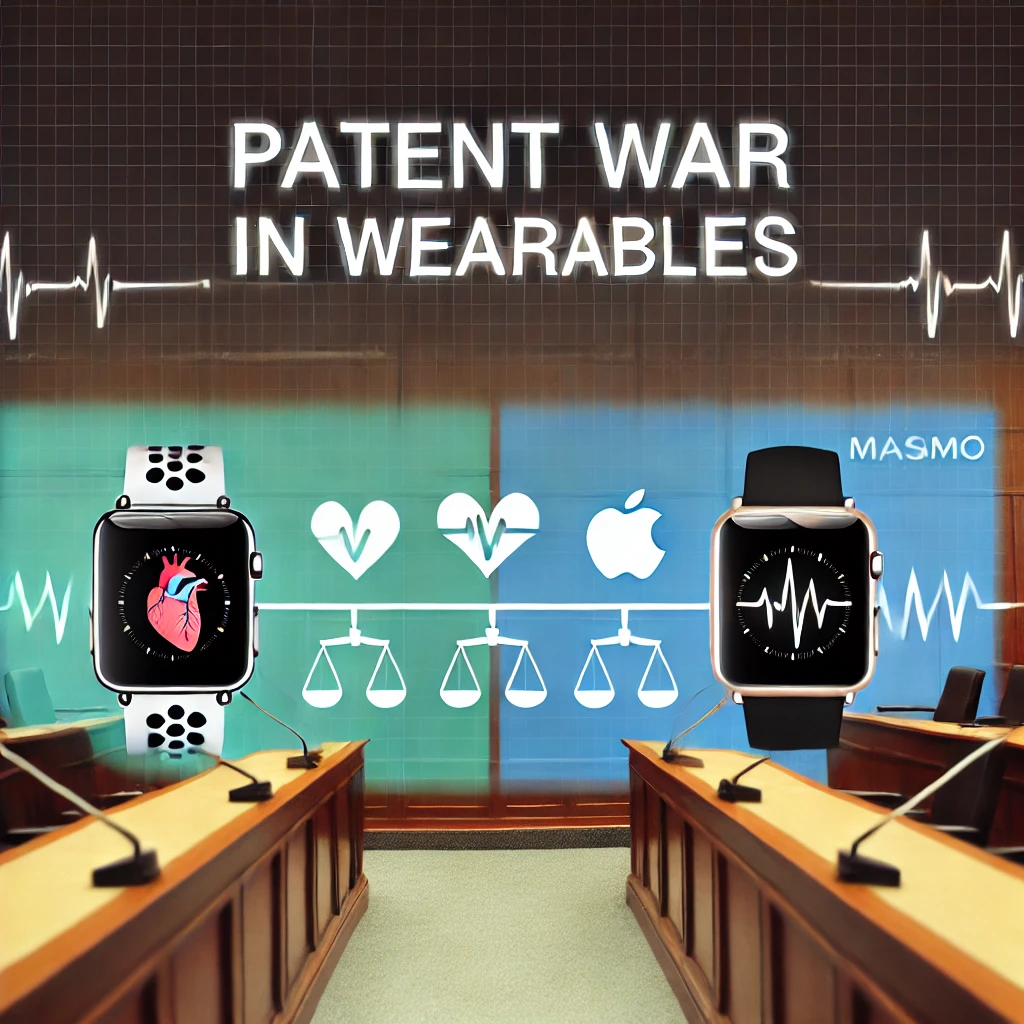Introduction: The Background of the Apple and Masimo Lawsuit
This lawsuit highlights how both companies are competing in the wearable market, aiming to differentiate their products through patents. Apple filed a claim alleging that its smartwatch’s functionality and design were imitated, while Masimo countered with its own claims of patent infringement.
Overview of the Lawsuit and Key Points of the Ruling
Case Details
- Masimo’s Win on the Blood Oxygen Wellness Feature (Apple is required to remove the functionality)
- Minimum damages of $250 for Apple’s claim on smartwatch design infringement (with no current products infringing on patents)
Key Point
Although it may appear both Apple and Masimo achieved wins, Masimo is arguably the real victor, as it can continue selling its current product line.
Impact of the Lawsuit on the Wearable Market
Apple’s Strategic Challenge
Apple sought to use patents to differentiate itself from competitors, but this ruling failed to grant the injunction it hoped for. As a primary tactic to suppress competitor product releases, this outcome suggests challenges in Apple’s patent strategy.
Masimo’s Future Outlook
Despite Apple’s infringement recognition, Masimo’s ability to keep its product on the market is a major advantage. Masimo may now show greater enthusiasm for further market expansion in wearables.
Impact on Customers and the Market
Effect of Feature Removal
The removal of the blood oxygen measurement feature in the Apple Watch could influence future consumer choices. With increasing health management features, limitations in measurement capabilities may be a drawback for Apple Watch users.
Future of the Patent War
The technological competition in the wearable market is likely to intensify, driving the development of increasingly differentiated features.

